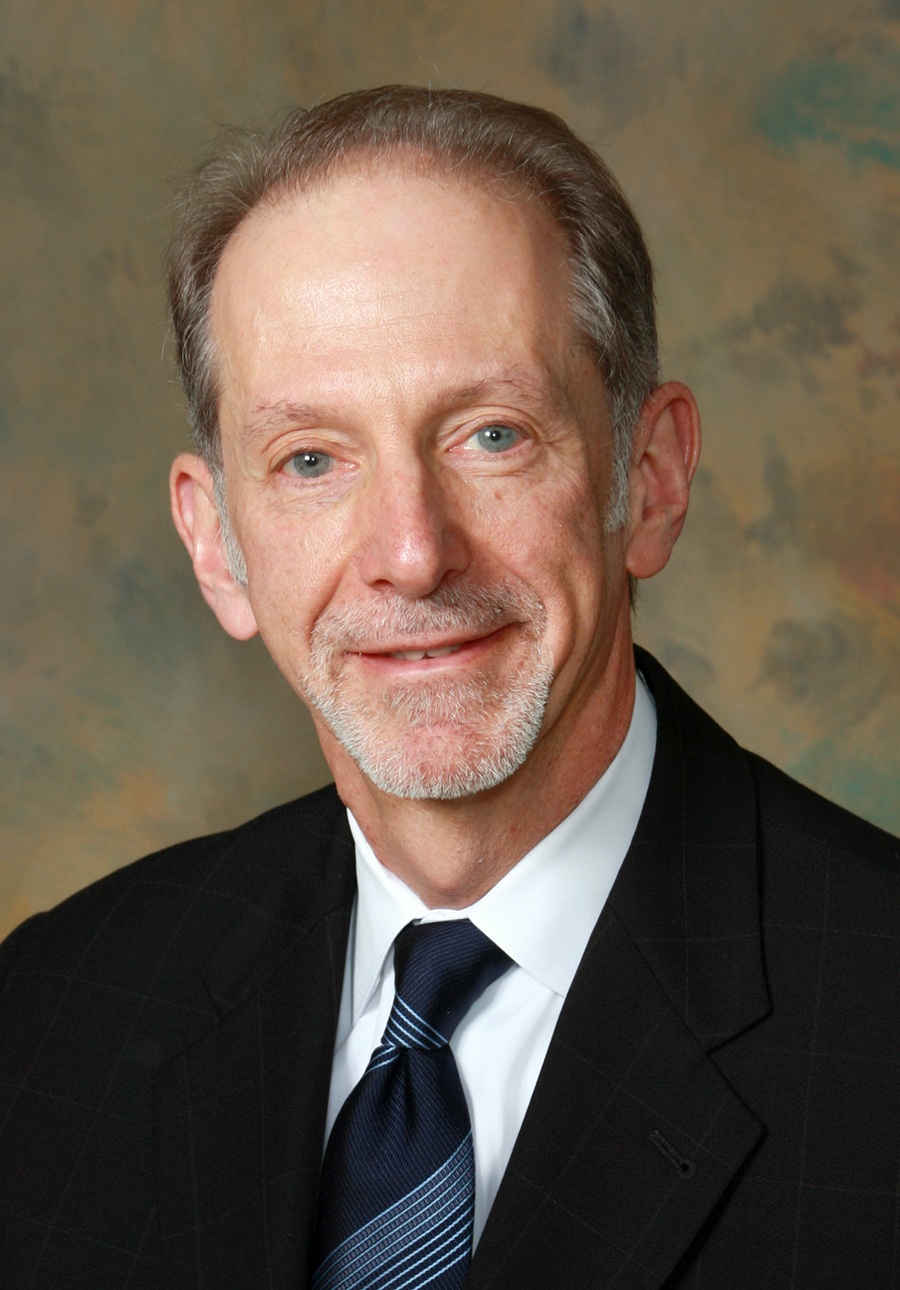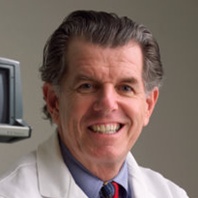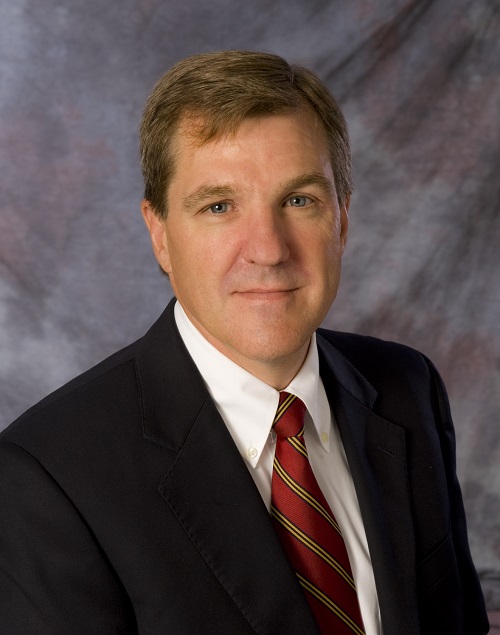We asked three CMOs and chief quality officers from hospitals and health systems across the nation for a favor: Define the "biggest win" for patients in 2015, in their organization or the industry as a whole.
The following are their responses, lightly edited for clarity and length.
William Bornstein, MD, PhD, CMO and Chief Quality Officer of Emory Healthcare (Atlanta):
What I think is the big win for patients across America is the convergence of alternative payment models that focus on value for patients with technology that facilitates more continuous healing relationships between patients and providers. The convergence moves the care model from encounter-based relationships to continuous relationships, which are clearly necessary to optimally help patients with chronic diseases but are also important for maintaining health among those without chronic disease.
For instance, I'm an endocrinologist taking care of people with diabetes. On average, a Type 2 diabetic will come in every three to four months for a 20 minute visit where I'm recommending that they change everything about their lives: diet, medications, activities, etc. It's unrealistic to meet with patients at that frequency, recommend changes and send them off on their own to have any likelihood of that being an effective way to achieve their goals.
As we transition to alternative payment models that aren't exclusively encounter-based, it creates a model where we can invest in this continuous connectivity, connecting with patients on a regular basis between visits to help them make progress.
 Edward J. Donahue, MD, Vice President and CMO of Dignity Health St. Joseph's Hospital and Medical Center (Phoenix):
Edward J. Donahue, MD, Vice President and CMO of Dignity Health St. Joseph's Hospital and Medical Center (Phoenix):
Dignity Health St Joseph's Hospital and Medical Center provided exceptional care for its patients and achieved many successes in 2015. In August, St. Joseph's partnered with the University of Arizona to open a 220,000-square-foot outpatient cancer center in Phoenix. The University of Arizona Cancer Center at St. Joseph's provides leading-edge cancer care and is the only [National Cancer Institute]-designated comprehensive cancer center in Arizona.
St. Joseph's Norton Thoracic Institute became one of the busiest lung transplant programs in the United States. More than 80 lung transplants were performed in 2015, ranking the hospital fifth in the nation. Additionally, the one year survival rate for lung transplant patients at St. Joseph's is close to 90 percent.
St. Joseph's Barrow Neurological Institute remains one of the premiere destinations in the world for neurology and neurosurgery and performs more brain surgeries annually than any hospital in the United States. These world-class medical services partnered with delivering compassionate care provides our patients with the highest level of medical treatment and humankindness.

To my mind the biggest patient wins in 2015 have been an increasing trend towards transparency with some real innovations starting to take place that will benefit patients both in terms of the patient experience and in terms of patient safety.
At BIDMC we are continuing to advance the "open notes" concept which is the idea of making patients medical records available to them as soon as the physician writes them. This enables patients to be educated about their care and keeps them engaged and knowledgeable. I think we've recognized the benefits of that in terms of the patient experience and also in some concrete ways, such as medication adherence and ability to ask intelligent questions of physicians. We are seeing that program spread nationally, more and more institutions are adopting an "open notes" system.
We are also doing work to advance communication and resolution as an alternative to traditional litigation following medical errors. That's another example of transparency as a big win for patients. Other really neat examples include an initiative at Brigham and Women's where they now publicly report what they learn from adverse events through a program called Safety Matters. Another initiative at Geisinger Health System allows patients to rate their physicians online.
On the horizon we are continuing to deploy technology for the transparency agenda. We are starting to explore a more sophisticated use of patient portals, including smartphone or tablet applications that allow patients to interface with their providers. I think that is where the transparency agenda will be moving next.


